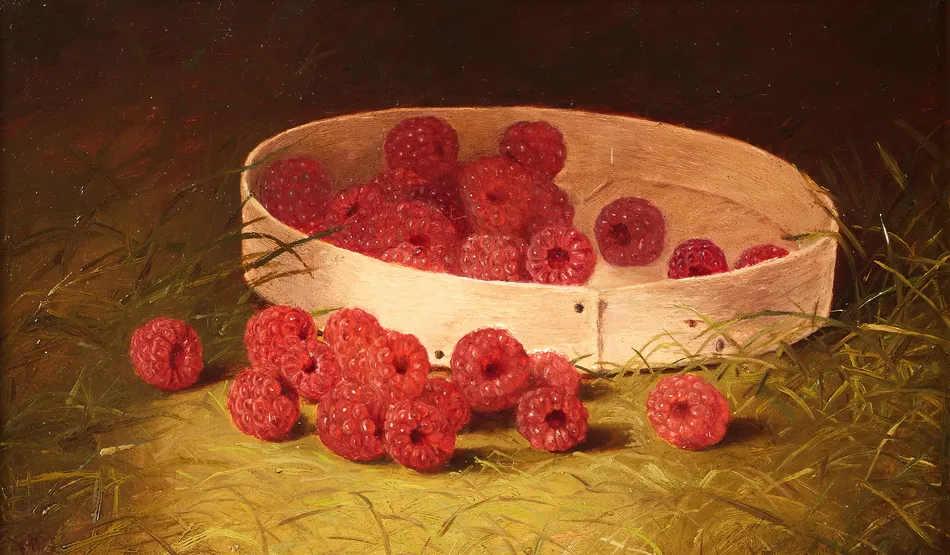-
-full.webp)
Arranging the Tulips (before 1928)
Soft light spills across the table, illuminating a cluster of tulips in mid-arrangement. Their petals—crimson, gold, and cream—curl slightly at the edges, as if caught between the vase and the gardener’s hand. The stems lie scattered, waiting to find their place.
-
-full.webp)
De uitlandsche kapellen voorkomende in de drie waereld-deelen, Asia, Africa en America pl40 (1779-1782)
Delicate wings unfurl across the page—vivid patterns from Asia, Africa, and America preserved in precise engravings. Each butterfly and moth seems poised to lift off the paper, a fleeting glimpse of distant continents frozen in ink. The lines blur between science and art, nature captured mid-flight.
-
-full.webp)
De uitlandsche kapellen voorkomende in de drie waereld-deelen, Asia, Africa en America pl72 (1779-1782)
Delicate wings unfurl across the page, their intricate patterns mapping distant continents—Asia’s lush greens, Africa’s fiery oranges, America’s deep blues. Each butterfly a tiny ambassador from far-flung lands, pinned not to boards but to history itself.
-
-full.webp)
Foreign butterflies occurring in the three continents Asia, Africa and America Pl.238 (1779-1782)
Vibrant wings unfurl across continents—Asian patterns brush against African hues, while American specimens hover nearby. Each delicate engraving traces the silent flight of these foreign butterflies, their colors preserved mid-beat. A rare glimpse into nature’s fleeting artistry, frozen on the page.
-
-full.webp)
Foreign butterflies occurring in the three continents Asia, Africa and America Pl.247 (1779-1782)
Vibrant wings unfurl across continents—delicate patterns from Asia, bold hues of Africa, and the exotic shades of America. Each butterfly, a fleeting traveler, pinned to the page yet alive with color. The paper breathes with their silent migration, a world of wonder in ink and line.
-
-full.webp)
Afternoon Tea (1925)
A woman in 1920s elegance leans forward, her gloved fingers poised above the teacup. The saucer catches a sliver of light as her companion’s laughter hangs just beyond the frame. Lace curtains stir—someone left the window open. The scene hums with unspoken words and cooling tea.
-

Raspberries
Glossy raspberries tumble across the canvas, their plump forms catching the light. Each berry seems ready to burst, the deep reds and delicate fuzz almost tangible. A few leaves curl at the edges, adding a whisper of green to the rich, juicy scene. The fruit looks freshly picked, still holding the warmth of summer.
-
-full.webp)
Lambs, Nantucket (1874)
Two lambs stand in a sunlit field, their wool catching the breeze. The island’s quiet stretches behind them, land and sky meeting in soft blues and greens. There’s no hurry here—just the animals, the grass, and the light holding everything still.
-
-full.webp)
View of Santiago de Cuba (1885)
Sunlight glints off Santiago de Cuba’s rooftops, casting sharp shadows across the bustling streets below. Palm trees sway against a vivid sky, their fronds brushing the horizon. The city hums with life, its energy trapped between sea and mountains in a single, breathless moment.